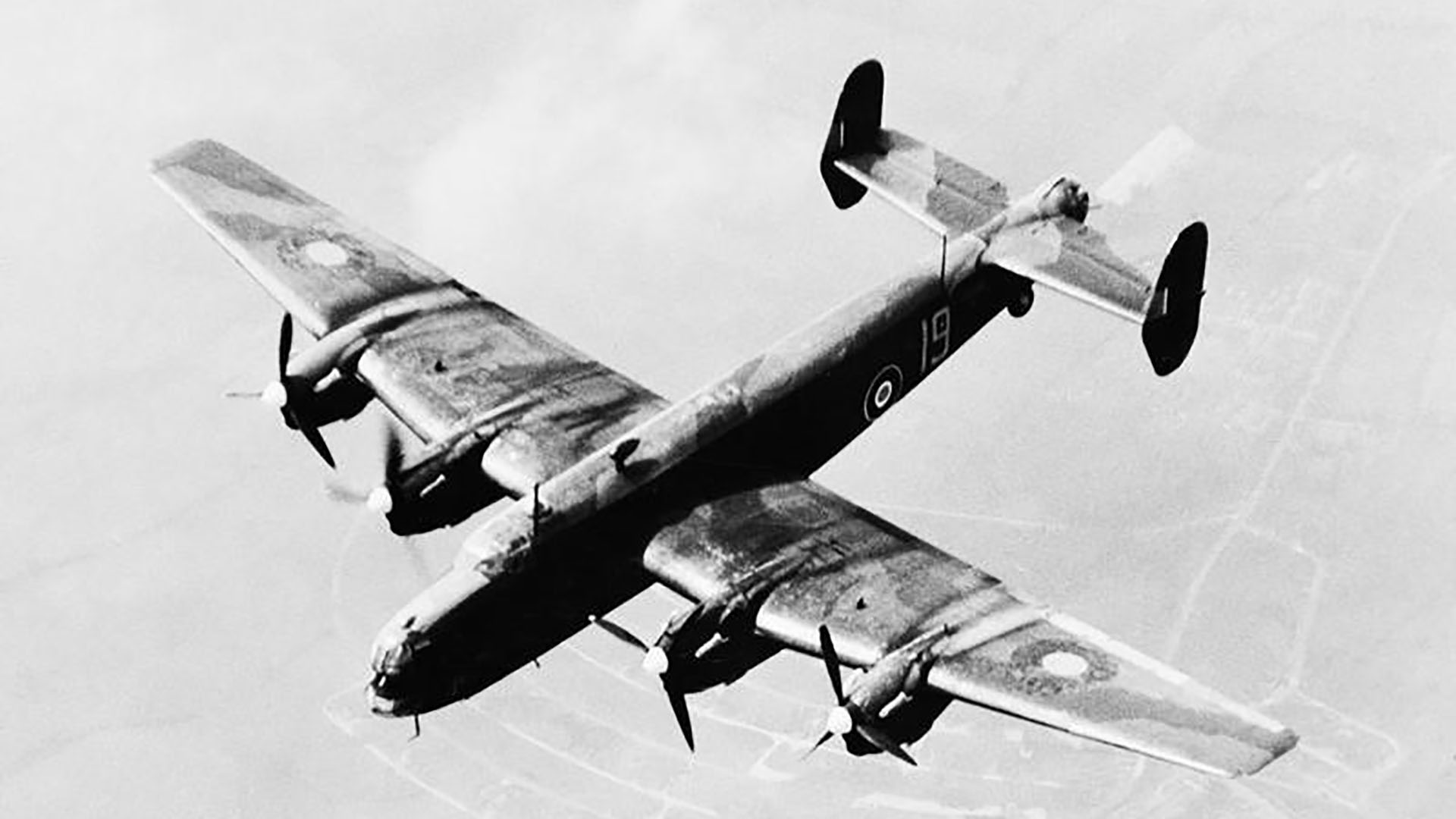Sergeant James Titterington (1796161) served with the Royal Air Force Volunteer Reserve during World War Two. He was the son of Robert Titterington and Sarah Titterington of 37 Kenilworth Street, Belfast, Co. Antrim.
Sergeant Titterington was a Flight Engineer with No. 1658 Heavy Conversion Unit based at RAF Riccall, Selby, North Yorkshire.
James died on 24th November 1943 aged 23 years old. The previous night, he was on board Handley Page Halifax JB926 ZB-A. It took off at 2305hrs along with 5 other Halifax bombers from the unit on a navigational, night flying, cross-country training exercise. The weather was forecast to be bad but the exercise continued. These 6 planes were the only ones from No. 4 Group to take to the air.
No one knows why Wing Commander Francis William Thompson DFC sent the planes up in such poor conditions. He soon moved on to another unit, replaced by Wing Commander Henry Howard Drummond DFM.
The planned flight would take them to St. Bees Head, Cumbria. From there, a turn at St. Abbs Head, Hexham, Sleaford, and Northampton would bring them back to base. Severe weather over the Pennines led to treacherous conditions between Hexham and Sleaford. The crews experienced severe turbulence, poor visibility, gale force winds, torrential rain, and icing at 4,000 feet.

Imperial War Museum Photo: CH 10649 (Part of the Air Ministry Second World War Official Collection). Handley Page Halifax Mk II Series 1 of No. 1658 Heavy Conversion Unit based at RAF Riccall, Yorkshire, being test-flown on the starboard inner engine only to determine the height loss for emergency flights on one engine in July 1943. Copyright Royal Air Force Official Photographer.
Halifax crash in Yorkshire
At 0115hrs, witnesses heard engines in the skies over Healey to the west of Masham. The planes were not visible due to the weather but there was a red glow in the distance from the crash site.
The cause of the crash was a build up of ice on the airframe. This lead to the plane breaking up in mid-air. The port outer wing broke loose as did both outer engines. The Halifax came down at Agra Moore, Slipstone Crags, Great Whernside and all members of the crew died in the crash. A fire broke out on the ground, destroying what remained of the wreckage.
Remembering the crew of JB926
| Last Name | First Name(s) | Rank | Role | Information |
|---|---|---|---|---|
| Bacon | Richard Ernest Charles | Sergeant | Pilot | RAFVR 1612703. |
| Manley | George Heathcote | Sergeant | Flight Engineer | RAFVR 1490978. |
| Titterington | James | Sergeant | Flight Engineer | RAFVR 1796161. |
| McCarthy | Henry | Flying Officer | Navigator | RAFVR 151083. |
| McGillivray | John James | Flight Sergeant | Bomb Aimer | RCAF |
| Taylor | Basil Frank | Sergeant | Wireless Operator/Air Gunner | RAFVR 1296656. |
| Winton | Alexander John | Sergeant | Air Gunner | RAFVR 1570461. |
| Philllips | David Elwyn | Sergeant | Air Gunner | RAFVR 1652804. |
Halifax DT578 also crashed that night about 10 miles away from Slipstone Crags. The RAF AM Form 1180 suggests this plane may have collided with JB926 but there was a 2-hour gap between the two planes coming down so this seems unlikely. Authorities later ruled out this turn of events. A third plane, DT541 crashed on landing at RAF Riccall, catching fire, but the crew all escaped. Two other planes from the exercise had returned early with icing problems.
Large fragments of Titterington’s plane remain at the crash site alongside a memorial stone erected in the 1980s by David Morris. The area is popular with walkers and the memorial lies off a hiking trail in the crags.
James Titterington’s grave is in Section A3, Grave 118 of Dundonald Cemetery, Dundonald, Co. Down.